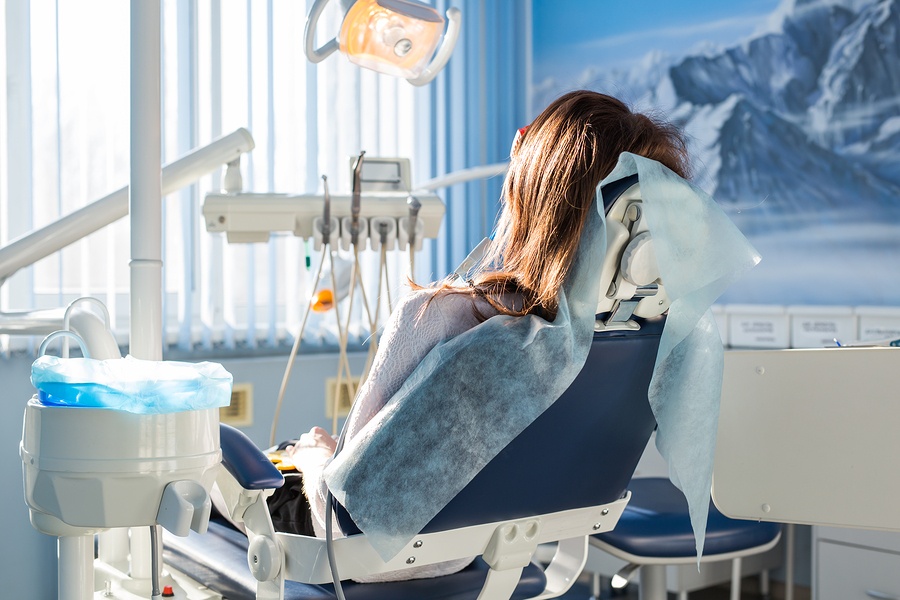Improve Patient Satisfaction with a Recovery Room
Posted by HJT Design

Design solutions can improve your dental clinic and influence patient recovery. A visit to the dentist is quite stressful or unpleasant for many people. The high-pressure and tension that comes with a dental emergency or a dental surgery can elevate stress level among patients. Fortunately, there are a lot of design solutions you can use to make your patients feel more at home and relaxed while in the recovery room.
Greenery
Plants in the recovery room make your patients feel good; they reduce pollutants and dust levels, making the room airy. Exposing your patients to plants can help lower anxiety, fatigue and pain levels. Indoor plants also make patients feel more positive about their recovery process and about the clinic. They create a homely feeling, allowing patients to relax and concentrate on their recovery.
Depending on the space you have, you can start with little succulents that take up very little space, and require minimal maintenance. Alternatively, you can redesign the entire room to accommodate new additions such as a potted plant by the window.
Natural Light
Lighting affects the mood and health of your patients in recovery drastically. Good lighting improves a patient’s outlook in the recovery process, their mood, pain tolerance and stress levels.
The design of your recovery room should prioritize natural lighting. Work with your contractor to position recovery room along walls with access to plenty of natural light. Otherwise, consider investing in design properties that mimic natural light, especially for winter months. Give your patients access to outdoor lighting by creating an accessible balcony or by moving patients closer to the window when they are in recovery.
Filters and Barriers
Your dental office is full of invisible pathogens that may affect patient recovery. If you choose to invest in chemicals to clean airborne pathogens and outdoor pollutants, you risk affecting the air quality of your clinic.
You can resolve these issues by investing in high-quality air purifiers and ventilation systems. Alternatively, you can create barriers to keep off outdoor pollutants from the recovery rooms through sealed windows and doors.
Acoustics
As your dental clinic grows, so does the amount of noise you produce. The increased activity, constant communication between hospital staff and patients and the running of machines throughout can increase noise levels significantly.
Unfortunately, high noise levels affect patient recovery; they interrupt sleeping patients making it impossible for them to get the rest they deserve. Poor sleep in recovery can cause serious health effects; it reduces immune function, aggravates mood disorders and worsens blood pressure. They also affect the staff attending to patients, creating a toxic environment in the clinic.
Simple design solutions can help you address noise pollution in your clinic. For example, acoustic wall panels and ceiling tiles can reduce noise in recovery rooms by up to 4 decibels. In semi-private rooms, heavier curtains can create a solution to reduce noise and block light, allowing patients to rest.
Functional dental clinic design focuses on patient comfort at every stage of the treatment process. You need to think about the purpose of every room, and it’s positioning in the overall design of the hospital.
Whether your patients will spend an hour or a few hours in the recovery room, you must create a comfortable environment. Find a contractor with experience in dental office design such as HJT Dental Designs to help you create the ideal space for your patients. The right design solutions in the recovery room can influence patient satisfaction, and contribute positively to return visits and the growth of your dental practice.